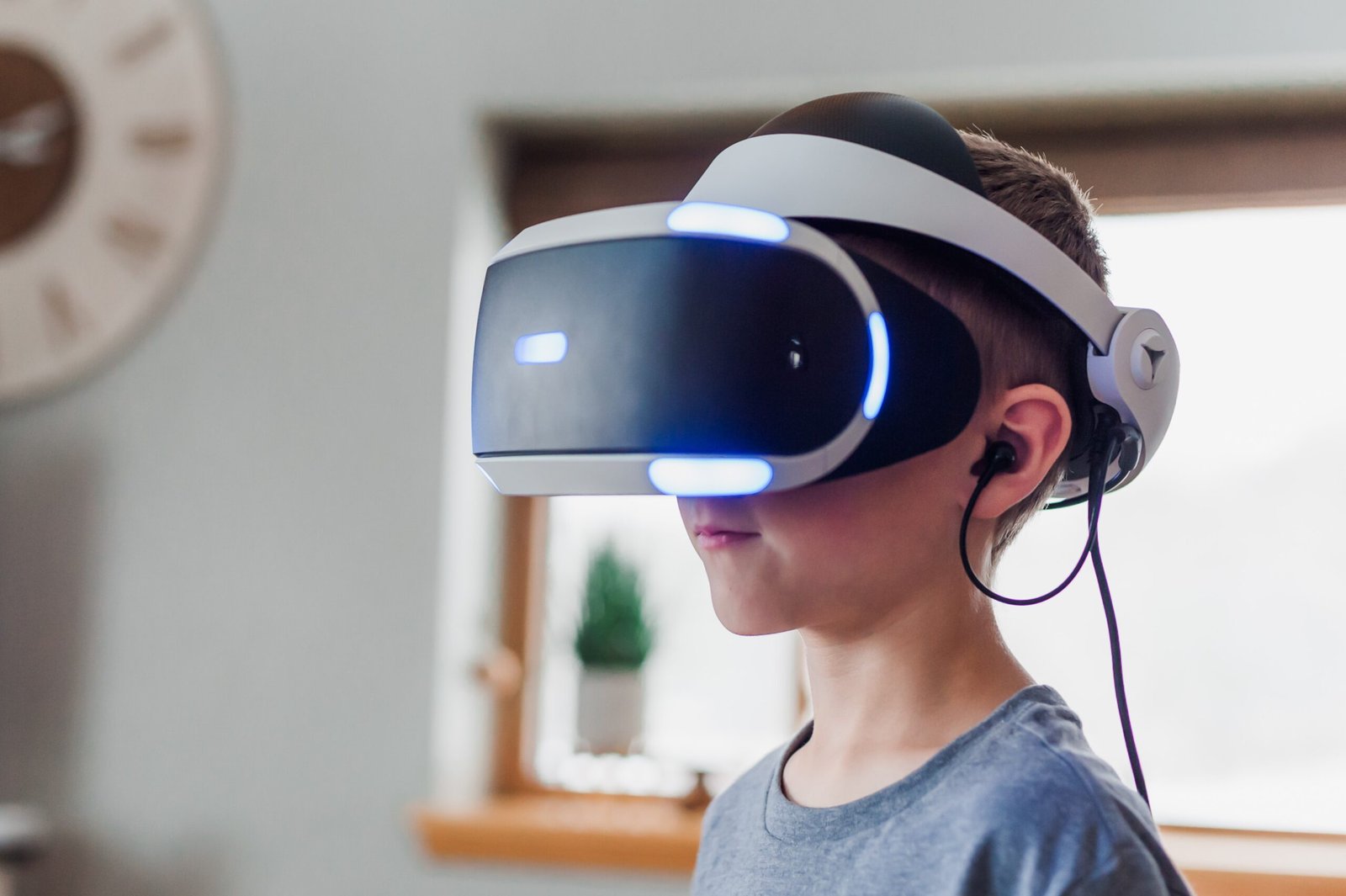Introduction
Step into the world of the metaverse, a concept that has captured the imagination of tech enthusiasts and futurists alike. Imagine a virtual reality (VR) space where people can interact with each other and the digital environment in ways that were once only possible in science fiction. In this blog post, we will delve into the metaverse, its current trends, and what the future holds for this exciting technology.
The Rise of the Metaverse
The metaverse is an immersive digital space where users can explore, create, and interact with others in a virtual environment. It combines elements of augmented reality (AR), virtual reality (VR), and the internet to create a seamless and interconnected experience. While the concept of the metaverse has been around for decades, recent advancements in technology have brought it closer to reality.
One of the key driving forces behind the rise of the metaverse is the increasing popularity of VR technology. With the advent of high-quality VR headsets and immersive experiences, more and more people are stepping into virtual worlds. Companies like Facebook, Microsoft, and Sony are investing heavily in VR technology, paving the way for the metaverse to become a mainstream reality.
Current Trends in the Metaverse
As the metaverse continues to evolve, several trends are shaping its development:
- Virtual Social Spaces: Social platforms within the metaverse are becoming increasingly popular, allowing users to connect with friends, attend virtual events, and even hold business meetings. These spaces offer a sense of presence and interaction that traditional social media platforms cannot provide.
- Virtual Economies: The metaverse is giving rise to virtual economies, where users can buy, sell, and trade digital assets. From virtual real estate to unique in-game items, these economies are creating new opportunities for entrepreneurship and investment.
- Cross-Platform Integration: The metaverse is breaking down barriers between different platforms and devices. Users can seamlessly transition between VR headsets, mobile devices, and computers, ensuring a consistent experience across various platforms.
- Enhanced Immersion: Advancements in haptic feedback, motion tracking, and graphics are enhancing the immersive nature of the metaverse. Users can feel the virtual world around them, interact with objects, and experience realistic simulations.
- Collaborative Creation: The metaverse is empowering users to become creators. With tools and platforms that enable content creation, users can build virtual worlds, design unique avatars, and develop immersive experiences for others to enjoy.
The Future of the Metaverse
The potential of the metaverse is vast, and its impact on various industries is already being felt. Here are some possible future scenarios:
- Education and Training: The metaverse can revolutionize education by providing immersive learning experiences. Students can explore historical events, conduct virtual experiments, and collaborate with peers from around the world.
- Remote Work and Collaboration: The metaverse has the potential to transform the way we work. Virtual offices and meeting spaces can enable remote collaboration, reducing the need for physical travel and enhancing productivity.
- Gaming and Entertainment: The gaming industry is already embracing the metaverse, but its impact will extend beyond gaming. Virtual concerts, live events, and interactive storytelling are just a few examples of how entertainment experiences can be enhanced.
- Healthcare and Therapy: Virtual reality therapies are already being used to treat various mental health conditions. The metaverse can further expand these applications, providing immersive environments for therapy and rehabilitation.
- Social Impact: The metaverse has the potential to break down barriers and connect people from diverse backgrounds. It can foster empathy, understanding, and collaboration, leading to positive social change.
FAQs
Q: How does the metaverse differ from virtual reality?
A: While virtual reality is a simulated experience that can be accessed through VR headsets, the metaverse is a collective virtual shared space that encompasses multiple virtual worlds and experiences.
Q: Can anyone access the metaverse?
A: As the metaverse evolves, accessibility is a key consideration. While VR headsets provide the most immersive experience, there are efforts to make the metaverse accessible through other devices, such as smartphones and computers.
Q: Will the metaverse replace the physical world?
A: The metaverse is not intended to replace the physical world but rather enhance it. It offers new possibilities for communication, collaboration, and entertainment, but the physical world will always remain essential.
Tips for Exploring the Metaverse
Here are some tips to make the most of your metaverse experience:
- Start with a reliable VR headset that suits your needs and budget.
- Explore different virtual worlds and social platforms to find the ones that resonate with you.
- Connect with others in the metaverse and join communities that align with your interests.
- Experiment with creating your own virtual content, whether it’s building a virtual home or designing unique avatars.
- Stay informed about the latest advancements and trends in the metaverse to stay ahead of the curve.
Conclusion
The metaverse represents a new frontier in technology, offering boundless opportunities for connection, creativity, and exploration. As it continues to evolve, the metaverse will shape the way we live, work, and interact with digital environments. Embrace the possibilities and embark on your metaverse journey today!
Call to Action
Are you ready to dive into the metaverse? Start your virtual adventure today and experience the future of digital interaction. Don’t forget to share your metaverse experiences with others on social media and spread the word about this exciting technology!









